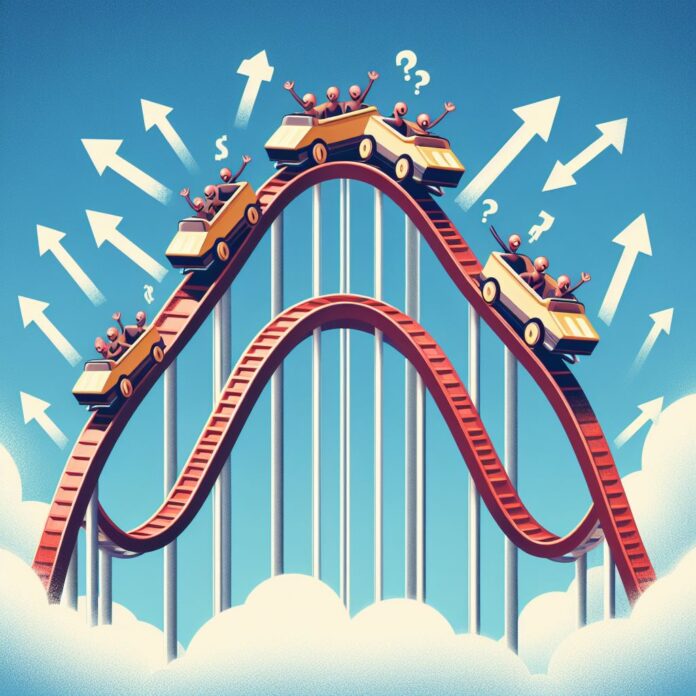
- ORIGINAL NEWS
The Federal Reserve’s period of rate hikes may be over. Here’s why consumers are still reeling
- SUMMARY
The Federal Reserve kept interest rates unchanged after a two-day meeting, ending a period of aggressive rate hikes aimed at curbing inflation.
The interest rate hike cycle by the Fed has significantly impacted household budgets.
Credit card rates have spiked, mortgage rates have hit record highs, auto loan rates have surpassed 7%, federal student loan rates have risen, and high-yield savings rates have climbed to the highest level in decades.
While the Fed’s move to hold rates steady may bring some relief to borrowers, credit card rates are unlikely to come down significantly until the Fed starts cutting rates, and mortgage rates may ease in 2024 but not return to their pandemic-era lows.
- NEWS SENTIMENT CHECK
- Overall sentiment:
negative
Positive
“The Federal Reserve announced it will leave interest rates unchanged Wednesday, in a move that many believe will conclude the central bank’s rate hike cycle and set the stage for rate cuts in the year ahead.”
“Top-yielding online savings account rates have made more significant moves and are now paying over 5% — the most savers have been able to earn in nearly two decades — up from around 1% in 2022, according to Bankrate.”
“More from Personal Finance:Credit card debt is ‘the biggest threat to building wealth’Americans are ‘doom spending’ Can money buy happiness? 60% of adults say yes”
“Although the central bank indicated it will continue to pursue its 2% inflation target, “the real question at this stage is when they’ll begin cutting,” said Columbia Business School economics professor Brett House.”
Negative
“The Federal Reserve held rates steady at the end of its two-day meeting Wednesday.Many economists believe this concludes the central bank’s rate-hiking cycle, which aimed to bring down inflation without tipping the economy into a recession.”
“Still, the combination of higher rates and inflation has hit household budgets particularly hard.”
“The spike in interest rates caused consumer borrowing costs to skyrocket while inflation remained elevated, putting many households under pressure.”
“Going forward, APRs aren’t likely to improve much. Credit card rates won’t come down until the Fed starts cutting and even then, they will only ease off extremely high levels, according to Greg McBride, chief financial analyst at Bankrate.”
“Although 15-year and 30-year mortgage rates are fixed, and tied to Treasury yields and the economy, anyone shopping for a new home lost considerable purchasing power, partly because of inflation and the Fed’s period of policy tightening.”
“In fact, 2023 was the least affordable homebuying year in at least 11 years, according to a report from real estate company Redfin.”
“Even though auto loans are fixed, car prices had been rising along with the interest rates on new loans, leaving more consumers facing monthly payments that they could barely afford.”
“The largest segment of consumers financing a new car today has a 7.9% APR,”
“But despite high interest rates, vehicle affordability is improving, with new car prices decreasing year over year and sales incentives increasing.”
“How much more, however, varies with the benchmark.”
“Federal student loan rates are also fixed, so most borrowers weren’t immediately affected by the Fed’s moves. But undergraduate students who took out new direct federal student loans this year are paying 5.50%, up from 4.99% in the 2022-23 academic year and 3.73% in the 2021-22 academic year.”
“Private student loans tend to have a variable rate tied to the prime, Treasury bill or another rate index, which means those borrowers are paying even more in interest.”


